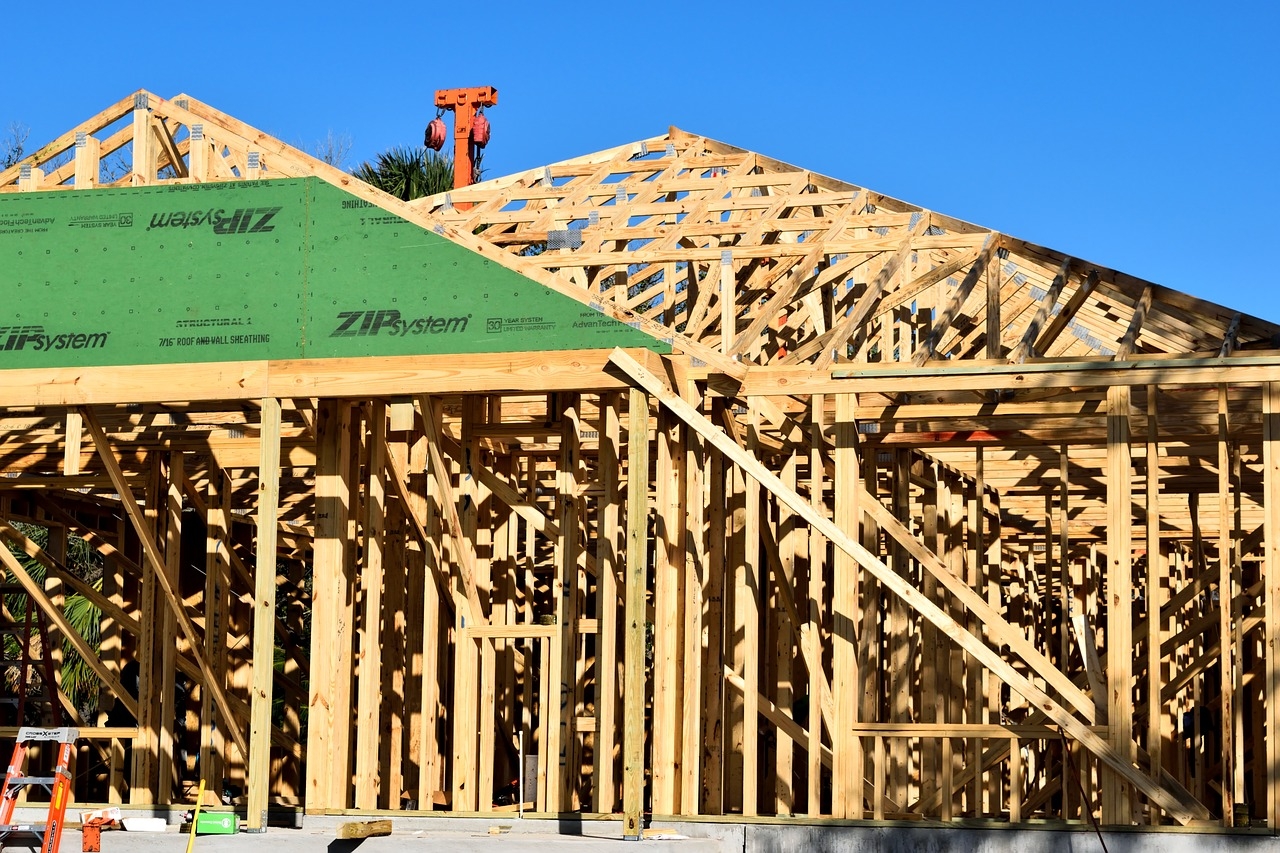Construction growth expected to hold


Brief:
- The Associated Builders and Contractors’ third-quarter 2017 Construction Backlog Indicator (CBI) reading rose 9.8% from the second quarter to 9.45 months, the longest recorded backlog of nonresidential projects in the history of the CBI. Year over year, the index was up by 0.8 months, or 9.2%.
- The South once again took the top spot among U.S. regions, with a 25.6% project pipeline increase to 11.32 months. Infrastructure held onto its lead over commercial/institutional and heavy industrial with a backlog of 12.53 months, a 7.5% rise from last quarter. Those construction companies with revenues of $100 million or more had a backlog of 13.81 months, a reading that was 24.3% higher compared to Q2.
- ABC Chief Economist Anirban Basu said that positive conditions resulting from higher energy prices, continued low interest rates, high asset prices and overall level of business and consumer confidence should continue into Q4 despite contractor worries about being able to secure an adequate number of skilled workers. Basu said the construction industry is still in growth mode and doesn’t expect it to slow down in the near term, even as wages and other construction costs continue to rise.
Insight:
The industry still awaits the details of the Trump administration’s $1 trillion infrastructure plan, but state and local governments have taken up some of the slack in the meantime. California, Oregon and Indiana this year authorized significant infrastructure spending, but the Golden State’s $52 billion plan to repair and modernize its highways, bridges and other public assets dwarfed all others. California lawmakers instituted a 12-cents-per-gallon tax hike and increased vehicle user fees to help address a reported $130 billion infrastructure repair backlog.
However, state transportation officials announced earlier this month they could possibly replace the gas tax with a per-mile charge instead because the increase in fuel-efficient vehicles could leave them short on construction revenue. California Department of Transportation (Caltrans) has already tested such a fee collection system, which works for both gasoline-powered and electric vehicles, and said it will move on to researching point-of-sale technology in order to determine what method will work best statewide.
A few of the president’s aides have dropped some clues in the run-up to the big infrastructure reveal, which is expected to happen in January, and the states also play a big role in at least one of the potential elements of the plan. Unnamed White House sources, according to The Mercury News, said that more federal funding could be available to states that take it upon themselves to increase taxes or find other ways to finance their infrastructure projects.
This article was originally written by Kim Sloan and appeared here.


Comment (0)